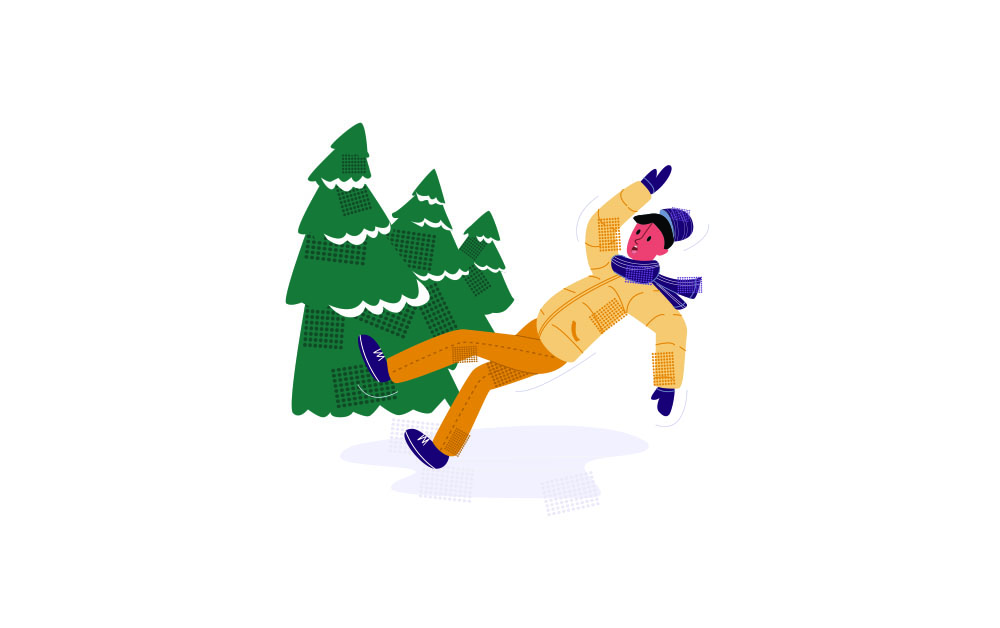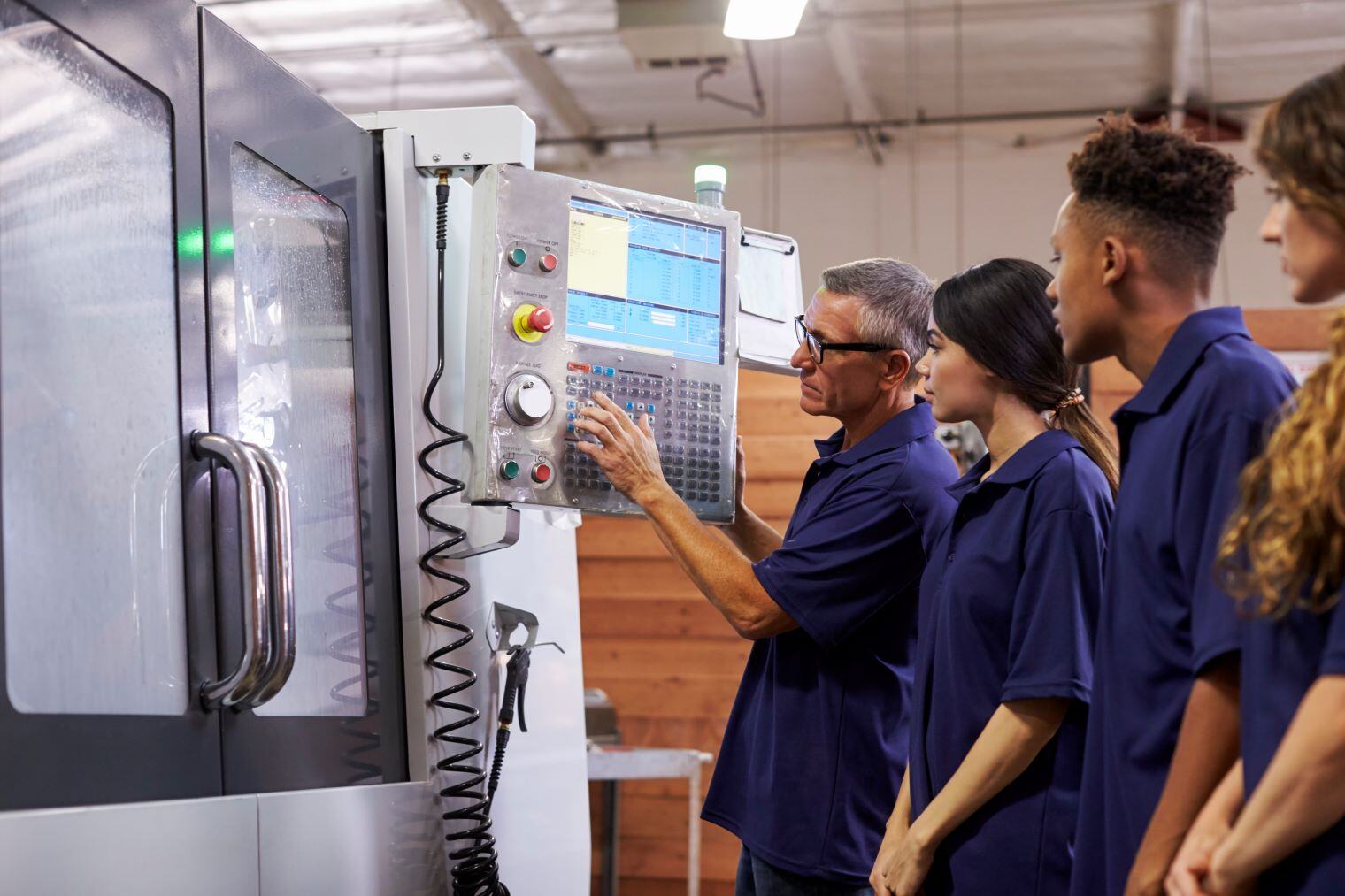How to Protect Your Manufacturing Workforce from Winter Hazards

Post Categories
Caitlin
About 25% of all businesses are impacted by winter weather in some manner. Typically, managers are left to determine when safety protocols should be taken. Having a good plan for dealing with winter hazards is key to maintaining a safe workplace throughout the season. This is how to address winter hazards your team should be aware of and how to protect them.
Review Your Current Plans
Before you move forward with any new safety protocol, review what plans your company already has in place. Companies with more than ten employees are required to have a written plan of action for emergencies. Prior to the winter season, you should meet with your staff and go over the plans if an emergency were to occur.
During this meeting, you should also go over the common hazards for your industry's winter season. For instance, if the facility has an emergency blackout protocol, you should go over it with the team. Other standard hazard plans include ice removal from machines, evacuation routes, and machine malfunction due to cold.
Perform a Workplace Hazard Analysis
A new season presents new hazards to the workplace. Ice alone injured more than 40,000 people in the workplace in 2014. To ensure your workforce is safe from winter hazards, such as ice, sleet, and snow, it is essential to consider how these elements may impact their day-to-day jobs.
You can identify potential hazards by doing a walk-through of your facility. Note any places that may be a problem. Find ways to protect your building more during the winter by repairing the roofing and clearing gutters of debris. Then, once you have checked the building over, assign a management team to protective detail. Let them know what to be on the lookout for.
After you have reviewed everything, communicate the analysis to your team. Be sure to communicate any changes to current practices to encourage a safe workplace.
Work to Prevent Illnesses and Injuries
In addition to an increased risk of injury due to the colder weather, winter also increases illness risk. Train your employees to recognize signs of illness beyond the common cold, especially if you work in cold temperatures. Be sure they know what the signs of hypothermia and frostbite are.
Determine if you need to change employee protective equipment to avoid illness or injury during the winter season. Additional winter coats, insulating layers, and cold-weather clothing can help prevent temperature-related illnesses. It is also suggested employees always work in groups of two or more to prevent injury and identify an illness in fellow team members.
Highlight Hazards in the Workplace
Keep your work areas clear of obstacles that make it easy to trip. Make sure all work pathways are clear and well-lit. If machinery makes it harder to see, outline pathways with bright tape or colors.
Last, but not least, be sure to highlight potential hazards throughout the workplace. After you have gone over them with your staff, post signage, and reminders of the hazards. You should also highlight precautions as well as emergency protocols throughout the workplace. Posting these reminders will encourage employees to be careful and provide instruction in case of an emergency.
Protect Your Workforce This Season
Are you making preparations to protect your workforce this season? Let Timpl help you prepare with the right team on your side.


